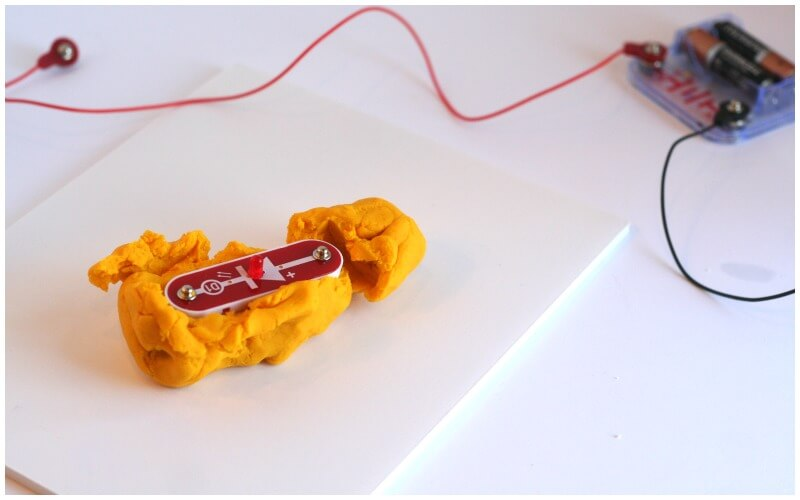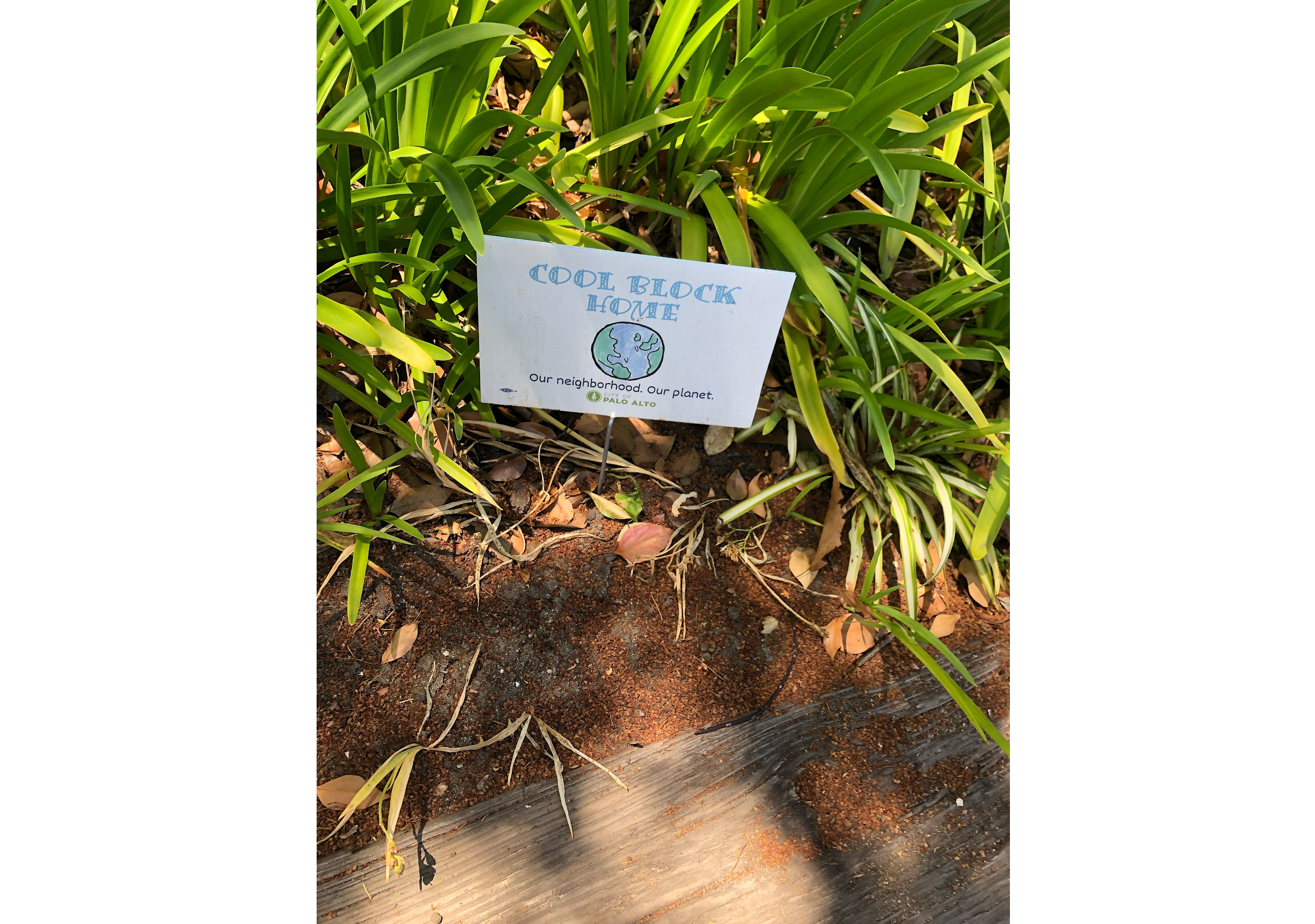Experiential activities present an opportunity for students to engage in learning materials in interactive and hands-on ways. While often used in in-person classroom settings, these activities can be translated to online settings to enhance student learning.

In EDUC 261, Curriculum & Instructional in Computational Thinking, Christine Bywater mailed a box with materials for each student’s hands-on activities. She put LEGOs, PlayDoh, batteries, an electric circuit kit, copper foil tape, and LED lights in a hands-on activity kit. Combining Zoom meetings and offline hands-on activities can promote off-screen community building, remote engagement, and shared experiences to discuss in class.
Instructors at GSE use other types of offline hands-on activities. Nicole Ardoin shortened her live instruction time in the Spring quarter and scaffolded learning objectives in offline hands-on activities. In one assignment, she asked students to go out and bring back two examples where they saw the intersection of civic and environmental action around them. These offline activities help to keep teaching and learning structured while providing opportunities for students to learn in new experiential ways.

How can an instructor implement this?
First, the instructional team should set guidelines for these activities — whether they are required or optional, graded or ungraded, etc. The instructional team should also inform students whether the required materials will be mailed, or the students need to prepare them. If choosing to mail materials, instructional teams should keep in mind that it might take some time and effort to order and assemble the materials. If choosing to have the students prepare kits on their own, it is helpful to provide examples and purchase links for specific items.
The instructional team can then create these offline activities as “assignments” with detailed instructions and due dates on Canvas. Lastly, during class sessions, the instructional team should provide a time and space for the students to share and discuss their experiences from these activities and use it as an opportunity to foster community building, such as using show-and-tell and the beginning of the class or using the breakout rooms for small conversations. The instructional team can also use some live class time to ask the students to design hands-on activities for the upcoming weeks.
Pros:
- Fun and engaging, helpful to balance other types of assignments
- Easy to facilitate post-activity discussions and conversations
Cons:
- It takes time, effort, and money to prepare the materials;
- It could be inequitable to some students without access to certain materials
What does this look like in a classroom?
Short Activity: Construct an object of joy
- Use a timer in the background while participants are working on the activity. Optional to add music during this session.
- After the activity, break participants into breakout rooms for a group discussion.
- In the groups, take turns sharing the finished product and discussing how the experience was for everyone.
Long Activity: Build a tool
- Introduce the participants to the activity and give a short description of each of the three tools. Provide instructions and a timeline in a task card like this: task card.
- Ask participants to choose a task and assign them into groups or breakout rooms. Another option is to create breakout rooms that correspond to each task and allow participants to choose their own rooms.
- The groups will then follow the instructions on the task card. Participants will begin with introductions and share their thoughts on the previous activity or the current group activity.
- Collect all of the materials needed for the task and return to the meeting. As a group, brainstorm together and decide if everyone should work together or individually. This may depend on each participant’s access to materials or their personal preference.
- If working together, one or multiple members can build the structure or complete the task, while others can have a supporting or consulting role.
- If working individually, everyone will be creating their own structures or completing the tasks on their own.
- Use the materials to construct the structure or complete the task. If not everyone has access to materials, the group can work together to have one member build the structure that is representative of everyone’s ideas. Test the group’s structure or the finished product and take note on how well it works based upon the specific task.
- Share photos, videos, or other ideas onto a Padlet, Jamboard, Mural, or other collaborative space. Post under the column for the group activity. List all group members’ names, include a photo/video, and use emojis to describe how it went.
7. Individually reflect for three minutes on the given activity and overall outcome of the group task based upon the below structure:

What needs to be considered from the student perspective?
In group hands-on activities, it is important to monitor group dynamics. Oftentimes, certain students end up “leading” the activity, while others sit back and take on a more observational role. Assigning meaningful and interdependent roles (ex. summarizer, questioner, clarifier, etc.) to each student provides structure for students who may be less comfortable with complex social scenes. Additionally, keeping groups small (2-4 students) forces students to participate instead of hide.
Hands-on activities must be challenging, compelling, and rich. For example, projects can include problems that have multiple paths to a solution. Ideally, a tie-in to a real-world scenario would be most enriching to students, since they can see how their learning correlates with their daily lives.
Students appreciate activities that build community and promote critical thinking. Consider creating low-stakes activities which do not focus on quality of the product, but rather on building confidence, community, and trust.
To challenge independence and growth, provide little to no structure or demonstration of the activity to give participants more creative freedom. Give participants time to reflect on their own or in a group and discuss their overall experiences.
External resources:
Place-based education in the global age: Local diversity (available through Stanford Libraries)
What is Place-Based Education?
Experiential Learning
Community Engaged Teaching Step by Step
Simple Ways to Bring Learning Outside, Trey Jones